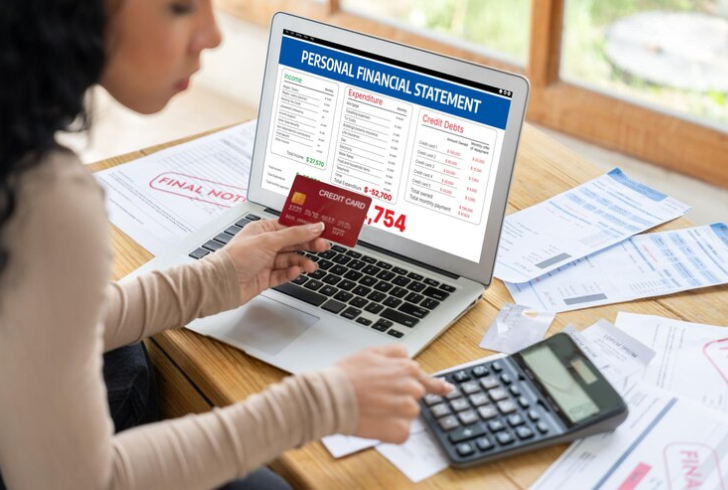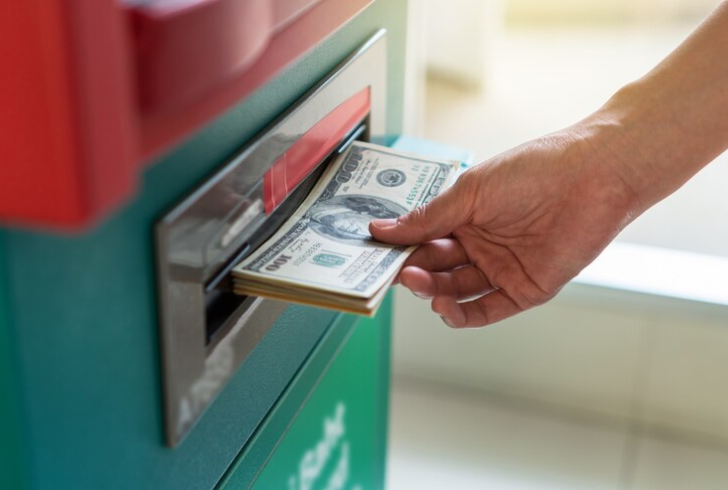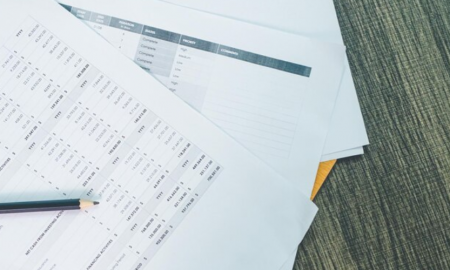
What is a Bank Statement? Understanding its Definitions, Benefits, and Prerequisites

Ever wondered where your money goes? A bank statement is like a financial report card, giving you a clear picture of your bank account activity over a specific period, usually a month. It’s a crucial tool for managing your finances effectively and understanding what is a bank statement.
Demystifying Bank Statements

Freepik | Frolopiaton Palm | Go digital with free e-statements or opt for paper with potential fees.
Bank statements come in two forms: electronic (e-statements) or paper. E-statements are free and accessible online, while paper statements may incur a monthly fee. Regardless of format, a bank statement includes:
- Bank Information: This section details the bank’s contact information for your reference.
- Account Details: Here, you’ll find your account number and type (checking, savings, etc.).
- Statement Period: This specifies the time frame covered by the statement, such as “October 1st – October 31st.”
- Account Balances: The statement shows your beginning balance (money in your account at the start of the period) and ending balance (money remaining at the period’s end).
- Transaction History: This is the heart of the statement, listing all deposits, withdrawals, fees, and interest earned.
Understanding Transaction Details
Each transaction in your bank statement will likely include:
- Date: This indicates when the transaction occurred.
- Amount: This specifies the dollar amount of the deposit, withdrawal, or fee.
- Description: This provides details about the transaction, such as the payee (who received the money) or the merchant name (where a purchase was made).
Benefits of Reviewing Bank Statements

Freepik | mediaphotos | Know the benefits why reviewing bank statements matters.
Regularly reviewing your bank statements offers several advantages:
- Monitoring Spending: By tracking deposits and withdrawals, you can gain valuable insight into your spending habits. This awareness empowers you to make informed financial decisions.
- Identifying Errors: Bank statements help you identify any discrepancies between your records and the bank’s. Reporting errors can prevent financial losses.
- Detecting Fraudulent Activity: Reviewing transactions can help you spot unauthorized charges or suspicious activity on your account. Early detection allows you to report fraud and minimize damage.
- Reconciling Accounts: Bank statements are essential for reconciling your accounts. This process involves comparing your bank records with your checkbook register to ensure everything matches.
How to Access Your Bank Statement
These days, most banks provide easy access to e-statements through their online banking platforms. You can also request a paper statement be mailed to your address.
Decoding Common Bank Statement Lingo
Understanding the terminology used in bank statements can be overwhelming at first. Here’s a breakdown of some common terms you might encounter:
- Deposits: These represent any incoming funds credited to your account, such as paychecks, transfers from other accounts, or cash deposits.
- Withdrawals: These signify outgoing debits from your account, including ATM withdrawals, debit card purchases, or checks you’ve written.

Freepik | tzido | Your money in motion, from ATM visits to check payments.
- Service Charges: Banks may impose fees for certain services, like monthly account maintenance or exceeding the number of allowed withdrawals.
- Interest Earned: This reflects any interest your account accumulates over the statement period, for savings accounts. While the amount might seem small, it can add up over time.
- Outstanding Checks: These are checks you’ve written that haven’t cleared yet and will be deducted from your account balance in the future statement.
- Available Balance: This represents the actual amount of money you can currently access in your account, considering your beginning balance, deposits, withdrawals, and outstanding checks.
By familiarizing yourself with these terms, you can interpret your bank statement with greater ease and gain a deeper understanding of your financial activity.
Final Thought
Bank statements are powerful tools for managing your finances. By making a habit of reviewing them regularly, you can stay on top of your spending, identify potential issues, and ultimately, take control of your financial well-being. So, don’t let those statements sit unopened! They hold valuable information to empower you toward a brighter financial future.
More in Big Bank Accounts
-
`
Why Americans Are Having A Tough Time Repaying Pandemic-Era Loans
When the Covid-19 pandemic hit, the economic landscape in the United States underwent a seismic shift. Businesses shuttered, unemployment rates soared,...
December 12, 2023 -
`
PLUS Capital | Hollywood Firm and Celebrity Investors Raise $60 Million
In the world of investment, Hollywood’s PLUS Capital is turning heads with a strategic play that could redefine celebrity influence in...
December 4, 2023 -
`
After Password Sharing, Netflix Is Now Struggling With a New Problem
Netflix, the titan of streaming services, is grappling with a new challenge. In the wake of its password-sharing crackdown, the company...
November 27, 2023 -
`
Why 50-Year-Olds Are Looking for a Career Change
In today’s fast-paced and ever-evolving job market, it’s not uncommon to see individuals in their 50s embarking on new career paths....
November 20, 2023 -
`
Why Mortgage Demand Is Crashing as Interest Rates Skyrocket
Imagine having a favorite local ice cream shop that suddenly jacked up its prices by 50%. You would probably think twice...
November 18, 2023 -
`
Santo Spirits | Sammy Hagar and Guy Fieri’s Joint Venture
In the world of entrepreneurial partnerships, some unions are destined for greatness. The unexpected alliance between Sammy Hagar, the iconic Van...
November 12, 2023 -
`
Southwest Airlines Tackles Passenger and Labor Challenges
Southwest Airlines, a prominent player in the aviation industry, has found itself at a crossroads, facing a combination of passenger dissatisfaction...
October 28, 2023 -
`
Everything You Need to Know About Blended Interest Rates
Hou ever blended a smoothie and thought, “How on Earth do my strawberries, spinach, and protein powder come together to taste...
October 17, 2023 -
`
The Osbournes ‘Relaunch’ Podcast After 5 Year Break
If you were glued to your TV in the early 2000s, there is no way you missed the hilarious, raucous, and...
October 10, 2023















You must be logged in to post a comment Login